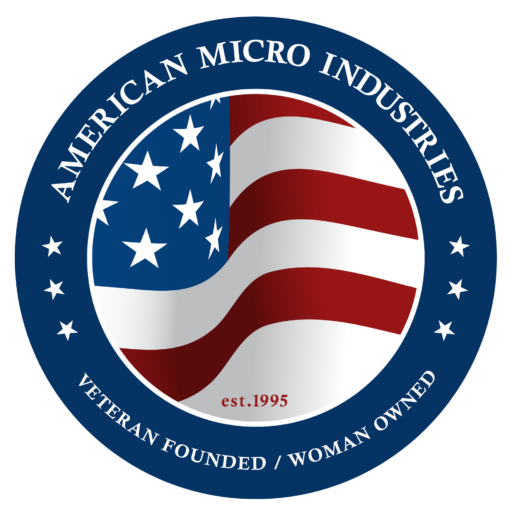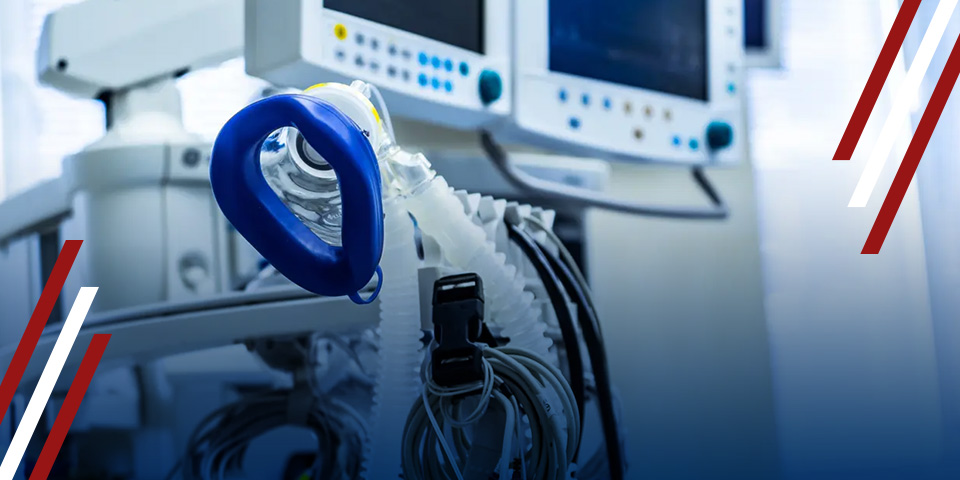

In the intricate world of medical device manufacturing — where precision and quality are crucial — every cut and detail matters. The role of die cutting in the medical device industry is nothing short of transformational.
Imagine a world where wearable medical devices seamlessly adapt to the contours of a patient’s body or where intricate electrodes provide life-saving data without fail. Die cutting in medical devices can be the answer to these possibilities.
Below, we explore die cutting technology in the medical industry, from the materials used to its diverse applications and benefits. Learn how this cutting-edge technology ensures the highest quality and efficiency in medical device production.
Die cutting technology proves to be a versatile and indispensable tool in the ever-evolving medical industry landscape. Here are some of the possibilities:
Die cutting plays a pivotal role in producing wearable medical devices, which have experienced a wave in popularity. These ingenious gadgets provide patients and medical professionals with real-time data, improving accessibility to health care. Die cutting technology excels in crafting components for these devices.
Traditional, mass-produced wearables often struggle to fit diverse body shapes comfortably. However, stretchable and adhesive alternatives — made possible by precise die cutting — adapt seamlessly to different physiologies and skin types. The technology enables the rapid production of adhesive surfaces and fabrics in large volumes, meeting the surging demand for these devices without compromising lead times or costs.
Electromedical components rely on die cutting, such as those used in electrocardiogram (ECG) machines and transcutaneous electrical nerve stimulation (TENS) units. ECGs, the most common cardiovascular diagnostic measures, demand a vast quantity of medical-grade electrodes, which die cutting efficiently produces.
Die cutting machines can uphold high production volumes with minimal rest periods, which is essential for maintaining efficiency in electromedical component production.
While often overlooked, medical device labels are critical in the health care sector. Die cutting is ideal for label production due to its repeatability and ability to maximize material surface areas, minimizing waste.
With the FDA’s strict regulations governing medical device labels, die cutting’s low margin for error is a significant advantage. Manufacturers can meet high regulatory standards efficiently, given die-cutting machines’ speed and precision.
Die cutting extends its reach to various other applications in the medical industry. For instance, it’s the driving force behind the production of wound care products like bandages, where scale and efficiency are essential. Diagnostic test strips, used in drug and disease testing, rely on die cutting for precision. The strips often contain sensitive chemical additives, demanding the accuracy that die cutting provides.
As medical technology continues to advance, die cutting may find new applications. Electronics are trending toward flexibility, which could see die cutters shaping entire medical devices, not just individual components.
Material selection is the cornerstone of functionality in the complex world of medical device manufacturing. Materials can influence medical device durability, biocompatibility and adherence to rigorous regulatory standards.
Let’s explore the various materials used in medical device manufacturing and understand why die cutting technology is the perfect method for these vital elements:
With its precision and versatility, die cutting is the linchpin in crafting components from these diverse materials. Whether it’s shaping plastics, fine-tuning foam or intricately cutting textiles, die cutting technology ensures that every material plays its part flawlessly.
The critical nature of these devices demands a manufacturing process that leaves no room for error. That’s where die cutting technology comes in — offering many benefits that are indispensable for the medical industry.
When it comes to medical devices, there’s no room for approximation. Die cutting delivers consistency, ensuring each component meets the exacting standards required in the health care sector. From adhesive surfaces to intricate fabric patterns, die cutting leaves no room for errors.
Die cutting technology optimizes material utilization, making it a cost-efficient choice for medical device manufacturing. With minimal material waste, manufacturers can produce components economically, ultimately reducing the overall cost of production.
Die cutting minimizes material waste, contributing to a more sustainable manufacturing process. In an age where environmental concerns are at the forefront, die cutting aligns with the growing focus on reducing waste and minimizing the environmental impact of production.
Medical device manufacturing often demands scalability. Die cutting is a versatile technology that can adapt to varying production volumes. Whether you need a small batch of specialized components or are aiming for mass production, die cutting can accommodate your needs efficiently.
Medical devices aren’t one-size-fits-all — customization is often required to meet the specific needs of patients and health care providers. Die cutting technology offers the flexibility to create custom components tailored to fit unique requirements.
Die cutting operates at impressive speeds, ensuring manufacturers can meet demanding production schedules without compromising quality. The technology can run almost indefinitely with minimal downtime, a crucial aspect in meeting the medical sector’s high demand.
With medical device manufacturing, die cutting technology is a game-changer, offering precision and efficiency. However, these advantages come with meeting the industry’s unique demands. Here are some special considerations for die cutting technology in the medical industry:
In this challenging terrain, die cutting technology proves its mettle, emerging as an invaluable asset in the medical industry’s quest for innovation, reliability and compliance.
From crafting wearable medical devices to fine-tuning the smallest components, precision die cutting for medical devices can help you elevate your medical device manufacturing game. At American Micro Industries, our die cutting services are tailored to meet the exacting standards of the medical industry. We specialize in precision, efficiency and quality — ensuring your components meet and exceed expectations.
Contact us today to learn how our die cutting expertise can reshape your medical device manufacturing process.